Museyon Inc. 2010-2013
Museyon is a registered trademark.
Visit us online at www.museyon.com
All rights reserved. No part of this publication may be copied or transmitted in any form by any means, electronic, mechanical, recording or otherwise, except brief extracts for the purpose of review, and no part of this publication may be sold or hired without the express permission of the publisher.
EUROPE

 NORWAY
NORWAY
MUNCH and Oslo
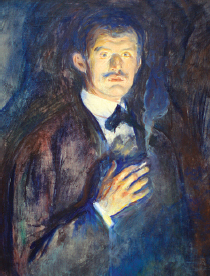
| When we think of Edvard Munch, Norways best-known artist and the so-called father of Expressionism we invariably think of his iconic masterpiece, The Scream. But Munch was an extremely prolific and influential artist who left thousands of other works to the city of Oslo when he died. Nature and light were always incredibly important subjects for Munch, and in Oslo he created countless powerful landscapes and cityscapes as well as monumental symbolist murals such as those that he painted for the University of Oslo. When he died in 1944, at age 80, the artist bequeathed his extensive archive to the City of Oslo, a collection that is now housed in Oslos Munch Museum. |
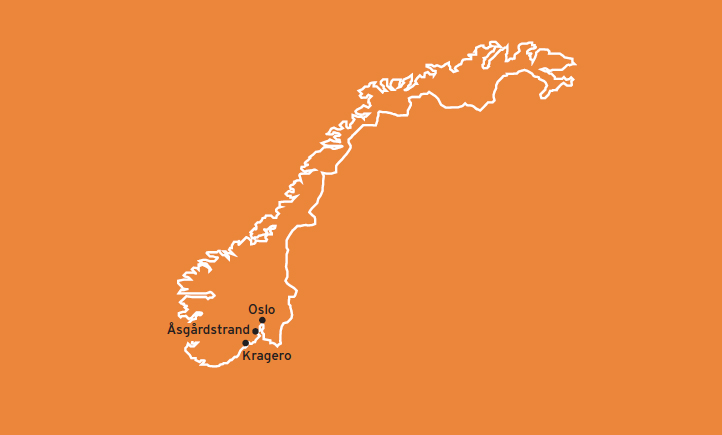
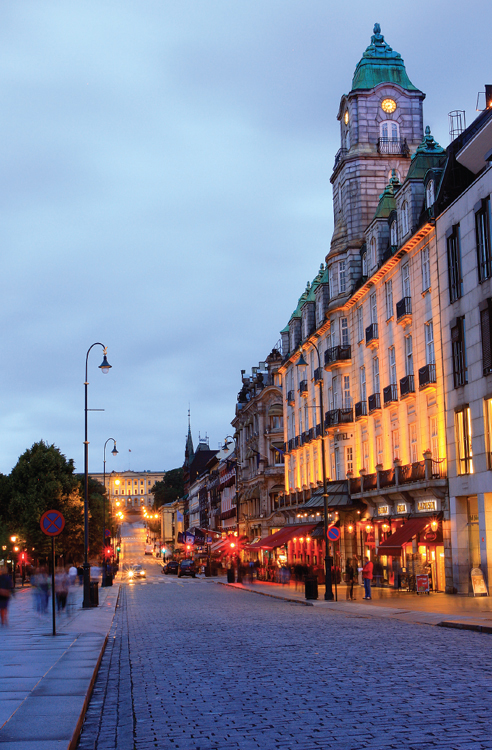
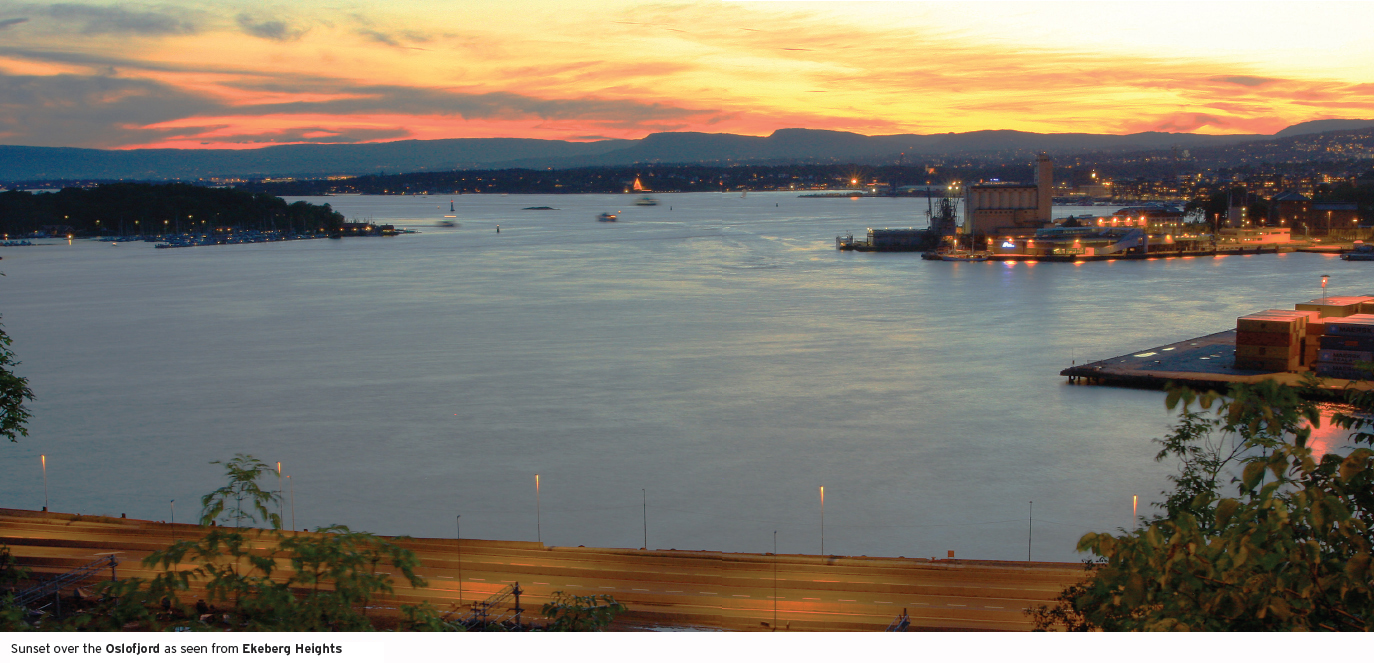
BY LEA FEINSTEIN
Lightning flashes across the Oslofjord as a summer squall whips waves into peaks and blackens the sky. As the storm clears, the bay grows calm, opaque as mercury, and the sky tints red, then mauve. The Rdhuset clock tower near the harbor reads ten thirty, and it is still light... the end of a long Norwegian summer day. In 1893, Edvard Munch painted The Scream with a sky like this, after a harrowing walk along the nearby Ekeberg Heights. He recorded in his diary that he heard all of nature shriek in anguish. The distress was his own, but his image of the contorted face covering its ears in a tortured landscape remains an icon in our own time.
Oslo was Munchs home. He was born in 1863 and moved here a year later, when the city was still known as Kristiana, the capital of a Swedish territory; his life ended here as well, in the occupied Norway of 1944, when he was 80. Though he traveled through European art capitals during the most active years of his career, he always came back to the Oslofjord region every summer for emotional and spiritual refueling. During the years of his travels, the place he called home was sgrdstranda fishing village and art colony on the coast, about 60 miles southwest of Oslowhere he owned a little house.
Unlike other artists whose limited output is scattered around the globe in the hands of private collectors and museums, Munch was astonishingly prolific, and a large portion of his lifes work is here in Oslo. When he died, he left it all to the city. It is too much to cover in a day or two, so if youre a serious fan, give yourself a week, and dont count on Mondays, when everything is shut tight. A traveler can see the originals of The Scream (1893), Madonna (189394), Puberty (1894), and The Sick Child (188586), which together catapulted him to fame, but lesser-known and equally startling works are plentiful, including a whole series of stunning self-portraits and hundreds of innovative prints and drawings. Known for his iconic paintings, Munch was perhaps most gifted as a printmaker, and his images are all hereavailable for casual study or sharp scrutiny.

TIMELINE
December 12, 1863
Edvard Munch is born in Lten, Norway
1864
Family relocates to Kristiania (now Oslo)
1868
Munchs mother passes away
1877
Sister Sophie dies
1879
Starts classes at Kristiana Technical College
1881
Abandons his architecture studies and enrolls in the Royal School of Design in Kristiania to become a painter
1884
Joins Kristianias bohemian community
1885
Journeys to Paris
1889
Arranges his first one-man exhibition at the Student Association in Kristiania
Studies with Lon Bonnat in Paris
After the death of his father, Munch falls into a deep depression
1892
Controversial exhibition in Berlin closes within a week
1893
Based in Berlin, Munch creates iconic painting The Scream
1908
Suffers nervous breakdown and delusions; spends eight months in a Copenhagen clinic
1909
Awarded the Royal Order of St. Olav
1916
Relocates to Ekely, where he remains for the rest of his life
1930
A burst blood vessel causes near blindness in his right eye
1933
Receives the Grand Cross of the Order of St. Olav
1937
German officials confiscate over 80 works of degenerate art by Munch in German galleries
1940
Bequeaths all works to the city of Oslo
January 23, 1944
Edvard Munch dies of pneumonia in Ekely
Munch painted and reprinted many versions of his most famous works, including The Scream. When he sold a work, he painted another to add to his own collection. He never copies himself; he just goes deeper into the theme, says Toril Andersen, a guide at the Munch House Museum in sgrdstrand. This might have been obsessive, but it was also marketing genius. These combined works were called The Frieze of Life, and they were a pictorial diary of his own lifea linked narrative of innocence, love, betrayal, loss, and death. He added to it throughout his life, exhibiting in European capitals and in Oslo at venues like the rotunda at the Blomqvist Gallery (now home to the chain restaurant T.G.I. Fridays).
Munch said that his family tree was rotten with madness and disease. He lost his mother when he was 5 and his sister Sofie when he was 14, both to tuberculosis, which was rampant in 19th-century Norway. Another sister, Laura, was institutionalized with severe mental illness, and both his physician father and his only brother, Andreas, died before he was 30. Only Edvard and his sister Inger survived into old age. A sickly child, Munch spent days at home drawing and painting. His early pictures portray his family members and the quiet interiors of the half dozen apartments his father moved them to.
His old neighborhood around Olaf Ryes Plass, in the Grnerlkka borough of Oslo, has changed little in a hundred years, although trees have softened what was a raw square of workers houses. Trendy shops, clubs, and sidewalk restaurants share the streets with modest apartments. Grnerhaven, a lively beer garden in the square, is a popular watering hole and the kitchen is open until 10 on summer nights.



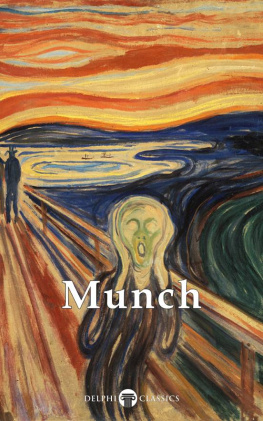
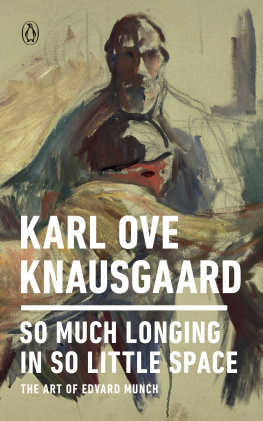
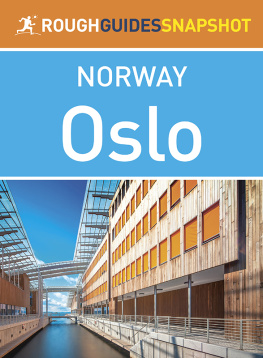
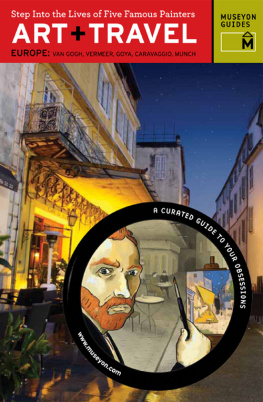
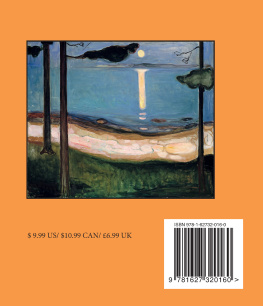
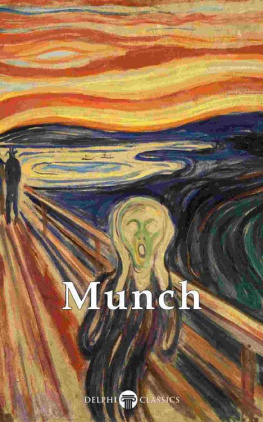
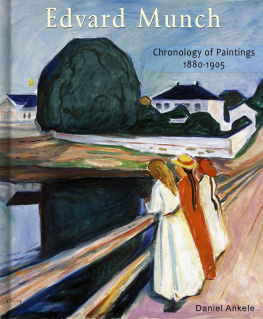



 NORWAY
NORWAY



